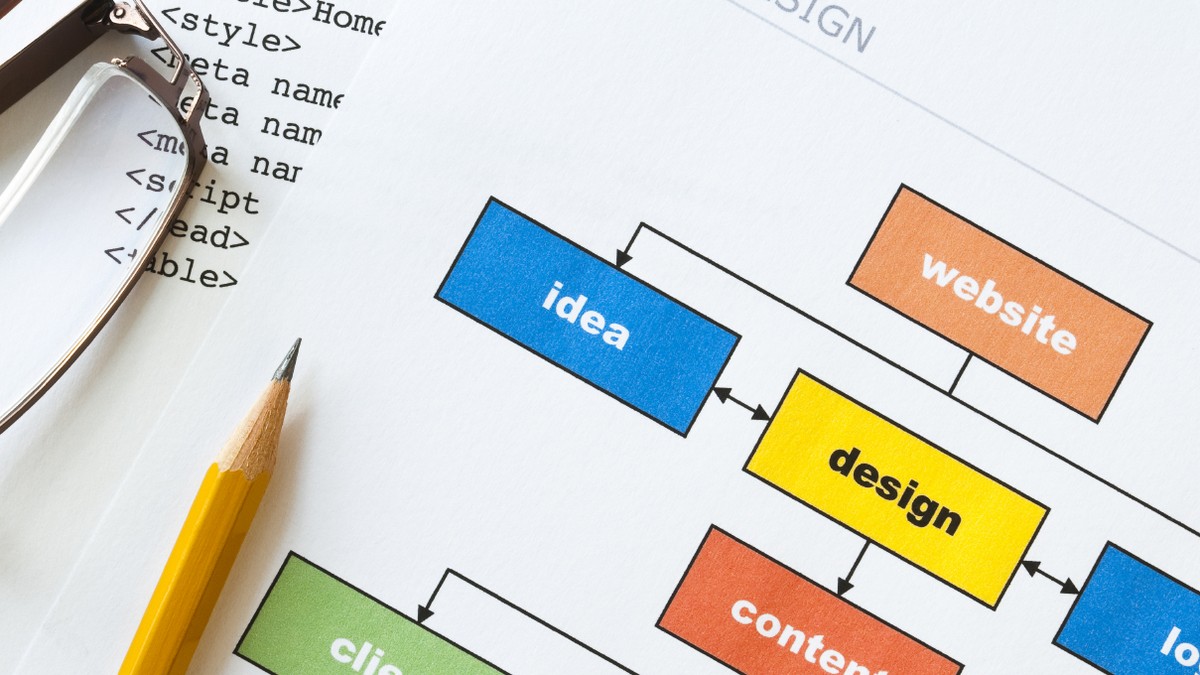The field of web design is constantly evolving as new tools and techniques emerge to shape the creation and maintenance of websites. Designers must stay up-to-date with the latest trends to develop successful sites that meet user needs and visually captivate their audience. With various tools and methods available, from HTML coding to content management systems and graphic design software, designers can leverage their expertise to create engaging and unique websites that propel businesses toward success.
Overview of Web Design
Web design is a dynamic and multifaceted process that encompasses the creation of an interface, website content, and captivating visuals. It merges graphic design, user experience (UX) design, and user interface (UI) design to deliver an exceptional browsing experience. Moreover, web design requires meticulous attention to accessibility and usability while remaining knowledgeable about the latest technologies and trends. Join us on this exciting journey of crafting engaging and distinctive web experiences.
Tools Used in Web Design
Web design utilizes many tools to empower designers and creative design agencies in crafting captivating websites. These tools encompass everything from fundamental HTML coding and content management systems to sophisticated graphic design software. With their diverse functionality, web design tools enable professionals to unleash creativity and deliver unique online experiences.
- Designers must have a good understanding of how HTML works to create layouts and write code for websites.
- Content management systems are also essential for quickly creating and managing websites, as they often provide greater flexibility than manual coding.
- Graphic design software creates images, logos, and other visual elements.
Access to the right tools can help designers create a website that meets the needs of their clients.
The list of web design tools:
1. HTML and CSS coding
2. Content Management Systems (e.g., WordPress, Drupal, Joomla)
3. Graphic Design Software (e.g., Adobe Photoshop, InDesign, Illustrator)
4. Web Frameworks (e.g., Bootstrap, React)
5. Programming Languages (e.g., JavaScript, PHP)
6. Website Builders (e.g., Wix, Squarespace)
7. Animation Software (e.g., Adobe After Effects)
8. Video Editing Software (e.g., Premiere Pro, Final Cut Pro X)
9. SEO Tools (e.g., Google Analytics, Ahrefs)
10. User Experience (UX) Design Tools (e.g., Figma, InVision).
Techniques Used in Web Design
In addition to having the right tools, web designers should be familiar with different design techniques such as color theory, typography, composition, and whitespace to create visually appealing designs.
Techniques used in web design include:
1. Grid-Based Design – Establishing an essential structure for website design using columns and rows.
2. Typography – Selecting typefaces, font sizes, line spacing, and other elements to create clarity and impact.
3. Color Theory – Choosing hues that will evoke certain emotions in visitors to enhance user experience.
4. Responsive Design – Creating a website that adapts to the device’s size, optimizing user experience in all environments.
5. Animation and Motion Design – Using animation and motion for dynamic effects draws the visitor’s attention and adds visual interest.
6. Storytelling – Crafting compelling stories through text, imagery, and digital media to increase engagement and drive conversions.
7. Accessibility – Creating websites that can be accessed by people with disabilities and ensuring they meet the standards of accessibility guidelines.
Best Practices for Implementing Effective Web Design Techniques
Web designers should remember certain best practices to effectively implement their design techniques when creating websites.
1. Understand your target audience – Know who you are designing for and what they need, so you can create an effective website that meets their needs.
2. Research the latest trends and technologies – Keep up-to-date on web design tools and techniques to ensure your site is modern and relevant.
3. Define goals and objectives – Have a clear idea of what you want to achieve with your website design.
4. Create a compelling user experience (UX) – Make sure the navigation and interface are simple and easy to use so that users interact positively with your website.
5. Leverage SEO best practices – Optimize content and code for search engine visibility, so people can easily find your website.
6. Follow accessibility standards – Use best practices when designing a website to ensure it is accessible to all users, including people with disabilities.
7. Use visuals – Incorporate images and videos into the design to help capture attention, engage visitors, and drive conversions.
8. Utilize storytelling – Tell stories through text, imagery, and digital media to engage users and help them understand your message.
9. Test and optimize – Regularly test the design on different devices and platforms to ensure it works appropriately everywhere. Use A/B testing to continuously improve user experience.
10. Monitor performance metrics – Track website performance with analytics tools to identify improvement areas.
11. Maintain and update – Keep your website design updated to remain modern and relevant. Make sure to make any necessary updates to keep things running smoothly.
Conclusion
Web design is a dynamic and continually evolving field fueled by constantly developing new tools and techniques. Successful website creation necessitates a comprehensive understanding of diverse tools and techniques, ranging from fundamental HTML coding to content management systems and graphic design software. Web designers can use specific best practices to guarantee user-friendliness and visually captivating websites. Embrace the artistry and enhance the online experience!



